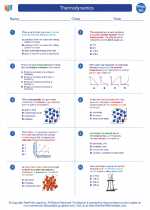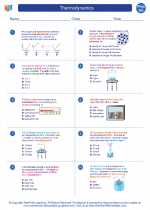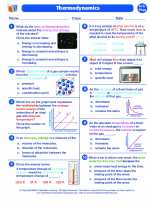Plastic
Plastic is a synthetic material made from a wide range of organic polymers, which are long chains of molecules. It is one of the most widely used materials in the world due to its versatility, durability, and low cost.
Types of Plastics
There are several different types of plastics, each with its own unique properties and uses:
- Polyethylene (PE): This is the most common type of plastic and is used in products such as plastic bags, bottles, and containers.
- Polypropylene (PP): PP is known for its high melting point and is used in packaging, textiles, and automotive parts.
- Polyvinyl Chloride (PVC): PVC is used in construction, healthcare, and packaging due to its durability and resistance to chemicals.
- Polyethylene Terephthalate (PET): PET is commonly used in the production of beverage bottles and food packaging.
- Polystyrene (PS): PS is used in packaging materials, disposable cutlery, and insulation.
- Polyurethane (PU): PU is known for its flexibility and is used in upholstery, insulation, and adhesives.
Properties of Plastics
Plastics have several properties that make them useful in a wide range of applications:
- Durability: Plastics are resistant to wear and tear, making them long-lasting materials.
- Flexibility: Many plastics can be easily molded into different shapes, making them suitable for diverse products.
- Insulation: Plastics are often used as insulating materials due to their low thermal conductivity.
- Lightweight: Plastics are lightweight, which makes them ideal for applications where weight is a concern.
- Chemical Resistance: Some plastics are resistant to chemicals, making them suitable for use in harsh environments.
Environmental Impact
While plastics have many useful properties, they also have a significant environmental impact. Plastics are non-biodegradable and can take hundreds of years to decompose, leading to pollution and harm to wildlife. Efforts are being made to develop biodegradable and recyclable plastics to mitigate these issues.
Study Guide
To study the topic of plastics, it is important to understand the following key points:
- Types of plastics and their properties
- The environmental impact of plastics
- Applications of plastics in various industries
- The chemistry and structure of plastics
- Efforts to develop sustainable alternatives to traditional plastics
Additionally, conducting experiments to understand the behavior of plastics under different conditions and researching current developments in the field can further enhance understanding of this topic.
[Plastic] Related Worksheets and Study Guides:
.◂Physics Worksheets and Study Guides High School. Thermodynamics

 Worksheet/Answer key
Worksheet/Answer key
 Worksheet/Answer key
Worksheet/Answer key
 Worksheet/Answer key
Worksheet/Answer key
